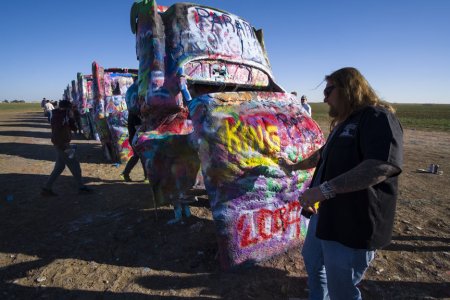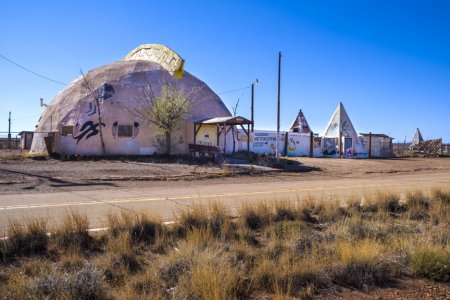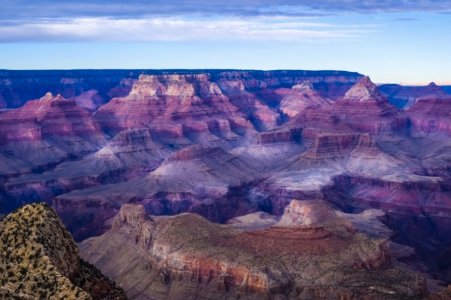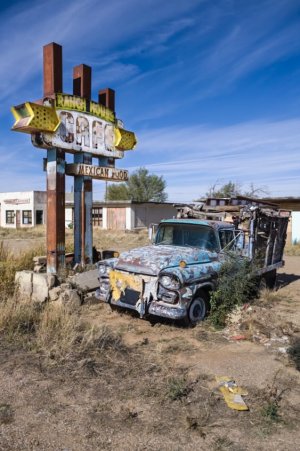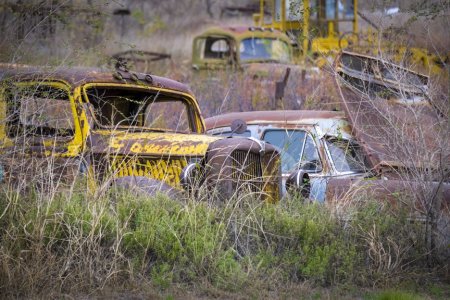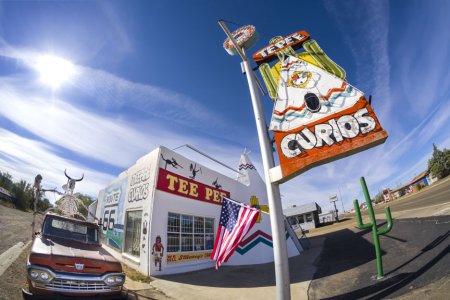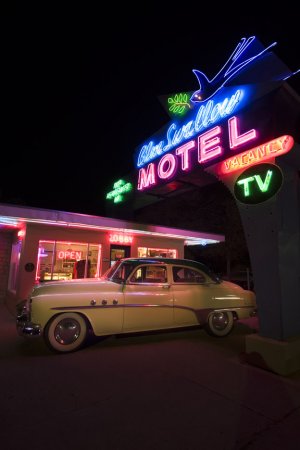I’m 74 and retired last year after almost 55 years as a commercial photographer. I kept two of my Nikons, D800 and Df and most of my G series lenses and all of my primes. I used G series on the D800 and AIs primes on the Df. Love the primes on the Df. I deal with arthritis now and wanted a small lightweight kit to take on the vacations I missed. That’s the price of owning a business. So I considered the Nikon Z equipment and already had the X-E1 with a 18-50 and 50-230. I could have stayed with that setup and been perfectly happy with the kit and the images but my wife and I were planning to take a vacation across the country in a new Mini Cooper S we just bought and wanted a little newer camera and a couple additional lenses. Space in the car was a huge consideration and weight due to arthritis.
Things I dislike about the X-E1 having used SLR cameras for many decades was the low res VF and slow AF and shutter lag when pressin the shutter button. I started looking and reading and found a NOS X-T3 and bought it. I added a Rokinon 12 and an 8mm Rokinon.
The T3 lived up to my expectations and gave me what I was looking for. Coming from a direct view SLR viewfinder took getting used to but the T3 made it easy. Resolution in the vf is good and refresh rate is fine. Size and weight are perfect and I especially love the iso, shutter speed and exposure compensation on top. It pairs quite well with my Df kit.
After returning from our 5000 mile trip over almost 4 weeks I’m very pleased with my choice. Matter of fact I traded some film equipment and put together a prime kit and added another zoom. I picked up a 16 f2.8, 23, 35 and 50 F2’s and a 50-140. The 50-140 will mostly stay in the trunk but the prime kit is really nice and more to what I used in my professional life. Let me say I’m very pleased and would buy the same kit again.
A few points to consider if weighing Fuji vs FF Nikon. I also bought a Fringer adapter and use my 70-290 f2.8 VR II, 24-70 f2.8, 24 & 85 tilt shift on my Fuji ( sold my 16-35 but it worked great too). They work perfectly.
A consideration, a Fuji kit will be smaller and lighter than a FF kit. I know quite well how much difference there is and my joints are suffering for it now.
Image quality is a little better with FF but the differences are minor and can be worked around. I got into digital in early 2000 when the Nikon D1 came out then moved up in cameras until I bought Hasselblad digital. I found that you reach a point in quality that the improvement in quality can’t be reproduced on paper. You can see it possibly on a fine monitor but you can’t retain it in print. Same he’s with aps-c vs FF vs medium format. Where the larger sensors excel are in dynamic range, color depth and printing to huge sizes. Let me put it this way, if I’d started shooting assignments on my Fuji my clients would never have seen a difference.
Matter of fact I used to use the Fuji when I’d scout locations for a shoot. I snapped images and made a storyboard of what I’d do on the actual shoot. Planning! I did this in an industrial facility where beans were canned and had good images I’d shot in raw. Turns out the particular process is shot was needed for some huge display prints and the process line had been shut down tooling up for a different product. The process needed wouldn’t be setup again for several months. Well I presented full res tif files retouched and they wound up being printed quite large and looked great. My client was happy and it made me look good too. My little Fuji was plenty good and saved the day.
Here are a few images shot with the T3 from the trip. All were from raw files.


